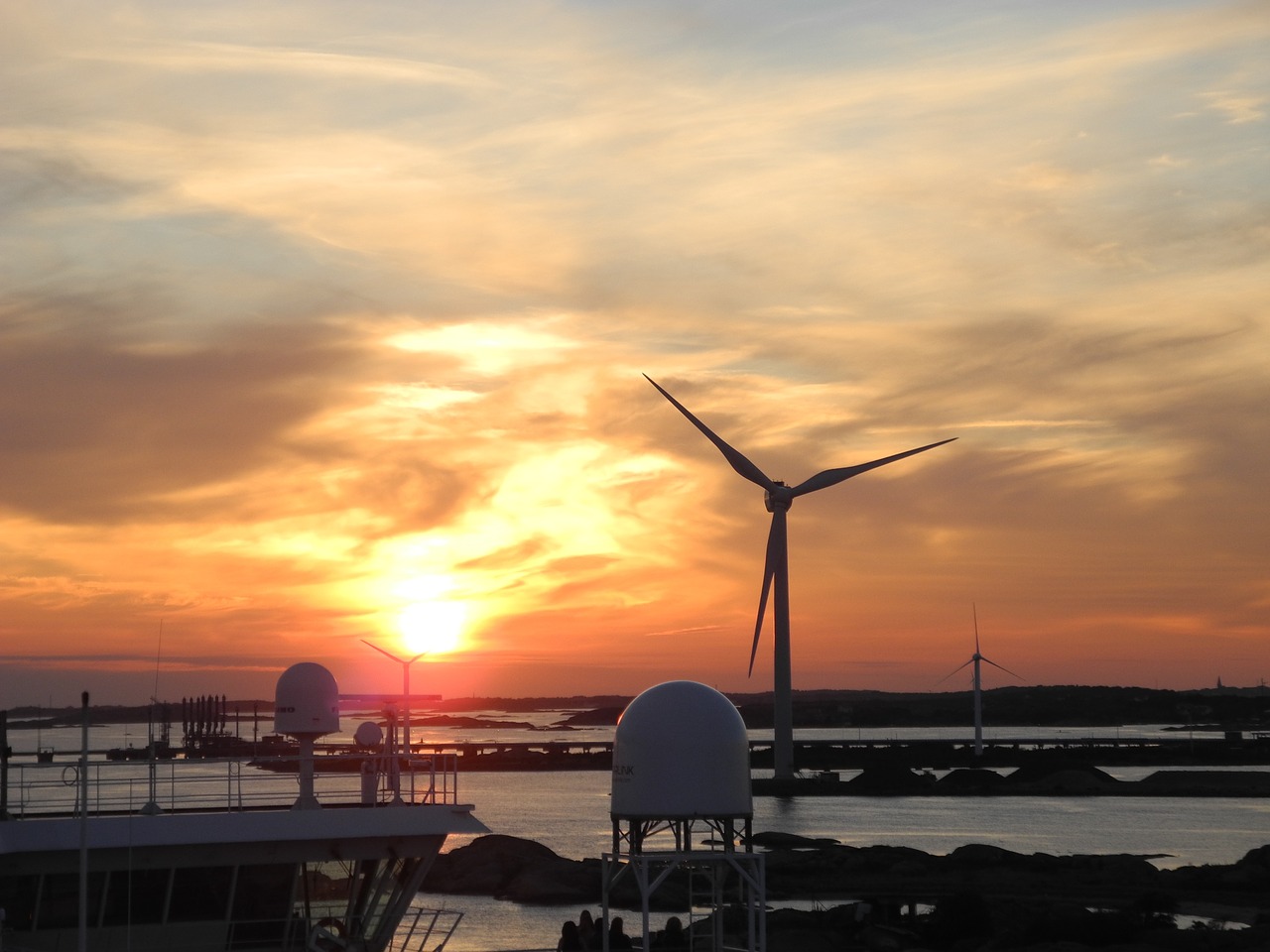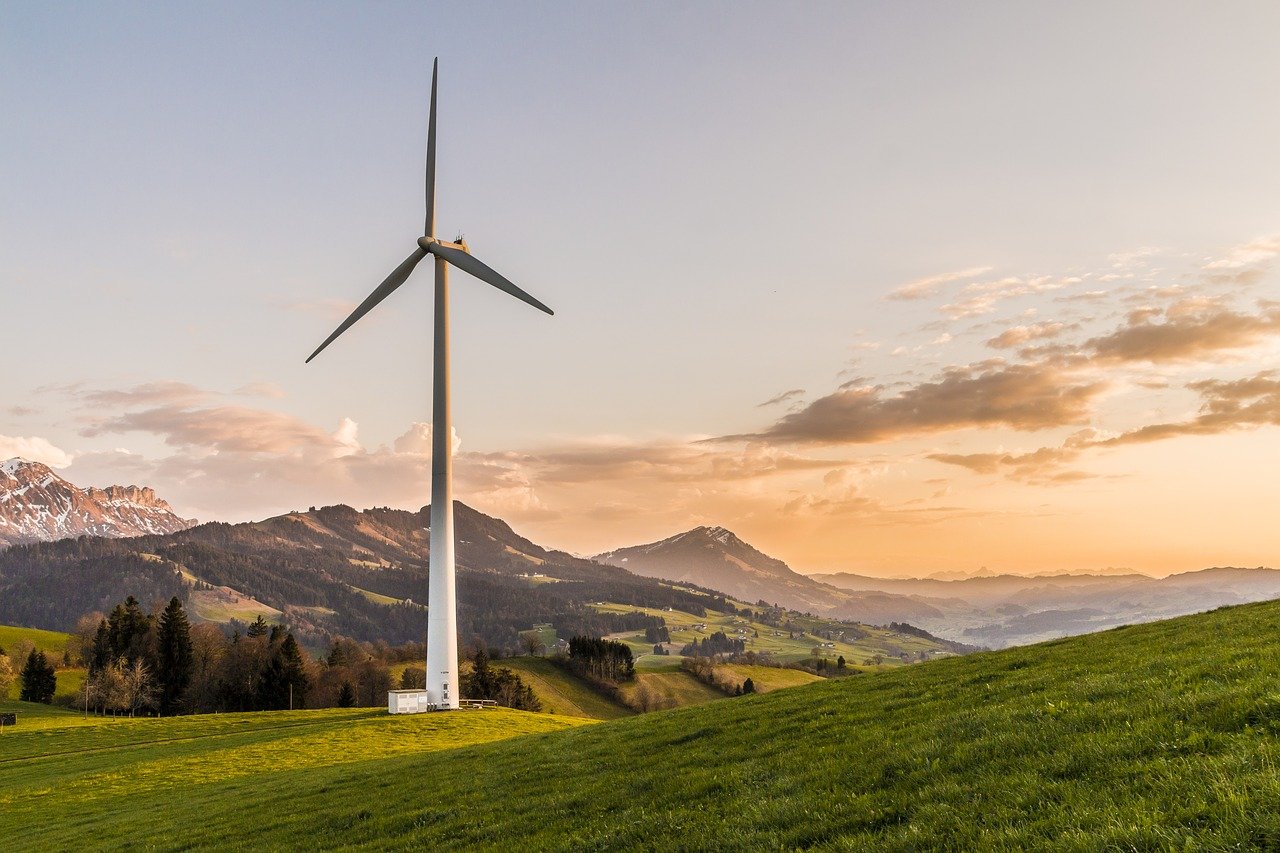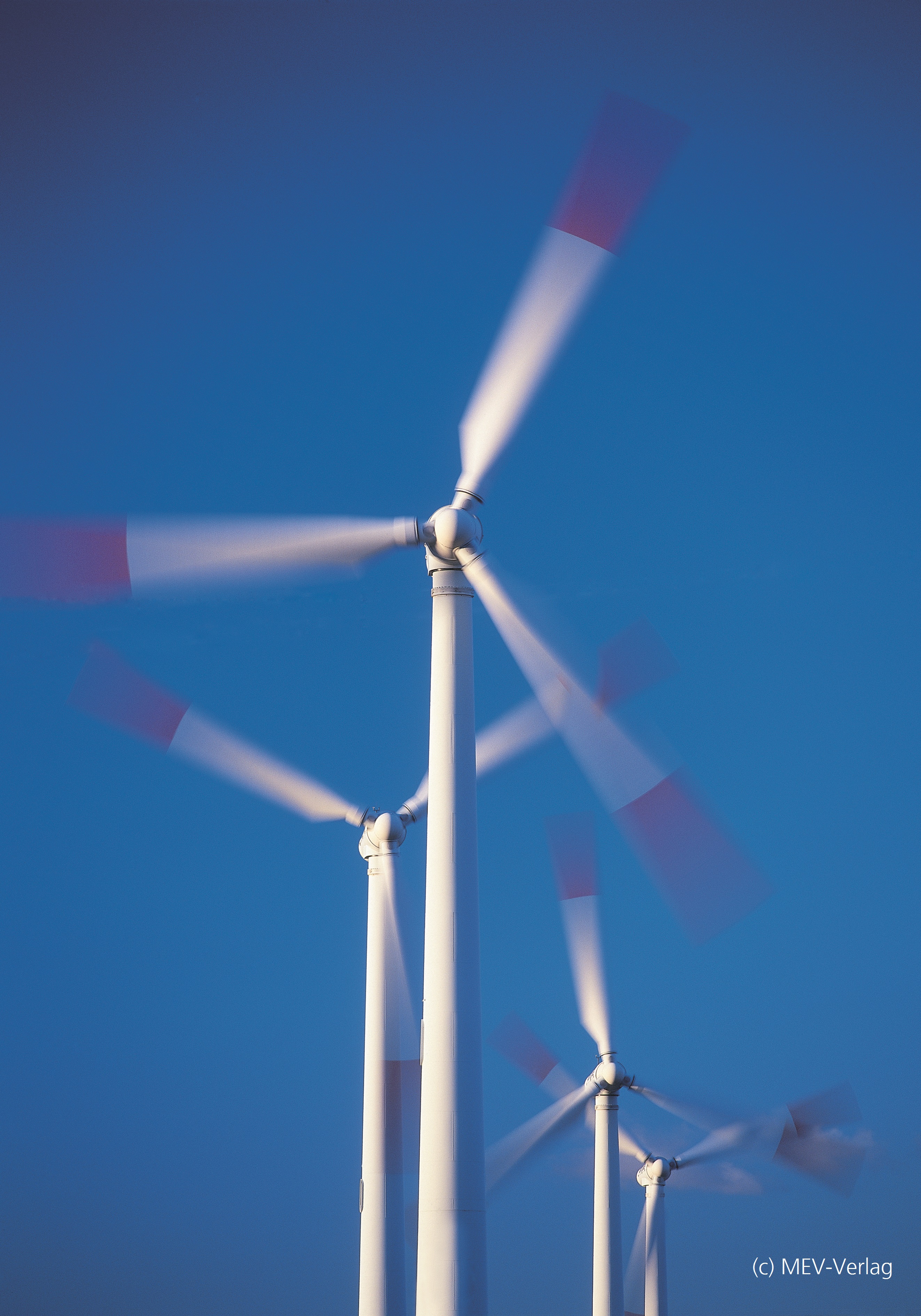

Short description of the project
In order to keep the total operating costs of wind turbines (WTGs) competitive, the risk of failure must be minimized, maintenance costs reduced, and system availability and energy efficiency increased. This goal is achieved by introducing the most efficient, automated multi-sensory online monitoring and diagnostic systems - so-called Condition Monitoring Systems (CMS) - whose economic importance is increasingly recognized by wind farm operators, manufacturers and insurers. Numerous other CMS are already available on the market, but their monitoring and fault detection is almost exclusively limited to the WTG drive train.
In contrast to these systems, the joint project "ISO.Wind" offers a so-called Structural-Health-Monitoring-System (SHM), which monitors the condition of each WTG of the entire wind farm including the drive train, tower and rotor blades.
Intuitive system monitoring in real time
The results of the system monitoring are presented to the user in an intuitive traffic light form that can be grasped at a glance. In the event of a looming fault, possible causes of the fault are also suggested at an early stage and the expected remaining time until the plant is shut down is displayed.
Project goals
Passive Radar
A passive radar system that uses the echoes of already available radio waves (e.g. DVB-T) is used to detect the vibrations of all towers and rotors of the wind farm. The shifting of the so-called Doppler frequency due to the movement of objects makes it possible to detect vibrations of visible components of the wind turbines (tower, rotor blades, nacelle) with a frequency resolution down to below 1 Hz without the expensive operation of an own, active radar source.
Machine learning
hine learning methods, a simple and cost-effective adaptation to each individual WTG is guaranteed. This specific, fully automatic learning of each WTG leads to a highly precise detection of faults regardless of location and weather conditions. In addition, these methods allow a prediction of the cause of the fault, which can drastically reduce the required expert knowledge.
Project result
Predictive Maintenance
Due to the high precision of the methods used, it is possible to detect damages before they lead to WTG failures. This prediction of early failures allows to carry out necessary maintenance work at economically reasonable times as well as to prevent catastrophic failure of components.
 Fraunhofer Institute of Optronics, System Technologies and Image Exploitation IOSB
Fraunhofer Institute of Optronics, System Technologies and Image Exploitation IOSB 